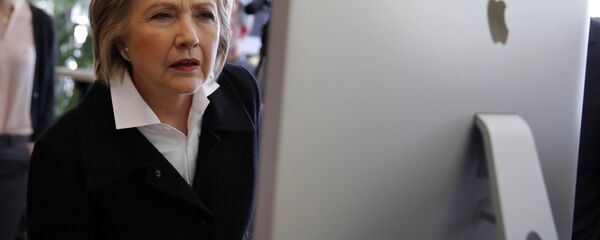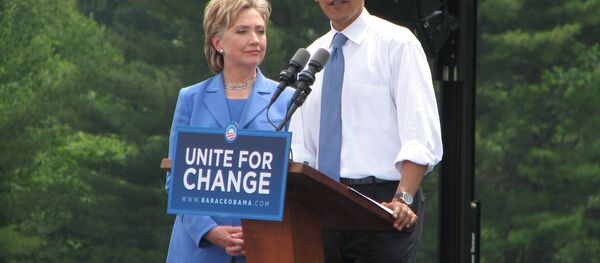The Washington Post identified M825A1 155mm shells from images posted on a Pentagon public affairs website “Dvids” that showed a US Army artillery unit firing white phosphorus munitions in Iraq.
The United States argues that the use of the weapon is justified because the munitions are not being air-dropped and that they serve a critical battlefield function – notably creating a smokescreen lasting up to 10 minute that allows the US to "obscure" the view of Kurdish forces from Daesh terrorists.
"Coalition forces use these rounds with caution and always in accordance with the Law of Armed Conflict," said Colonel Joseph Scrocca in an email to the Washington Post. “When M825A1 rounds are employed, they are done so in areas free of civilians and never against enemy forces,” he said, adding that the shells serve only “screening and signaling” purposes.
Traditionally, white phosphorus has only legally been used as a tracing mechanism of bullets allowing troops to track where a shot goes during night-time battle due to white phosphorus’ incendiary qualities, but the expanded use does raise major concerns under international law.
The definition of a civilian area under the United Nation’s Convention on Certain Conventional Weapons, to which the United States is a signatory, does not mean a population center but rather any place where there may be more than a few civilians.
On Thursday, the spokesman for the US-led Coalition in Iraq, Air Force Colonel John Dorrian amended Scrocca’s statement claiming that American forces are taking "all reasonable precautions to minimize the risk of incidental injury to non-combatants and damage to civilian structures" – the statement itself an admission that the weapons are being used in areas where they could potentially harm civilians.
Dorrian further refused to say that the US military use of white phosphorus shells has been limited solely to "screening and signalling" purposes as was asserted by Scrocca instead saying the munitions are "used generally for those circumstances" and refusing to say whether the weapon had been deployed in an offensive capacity against suspected terrorists.





